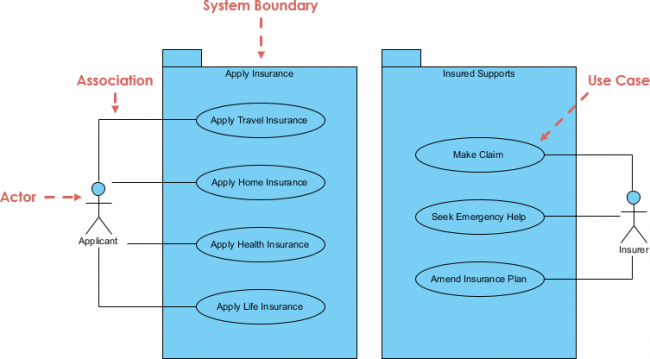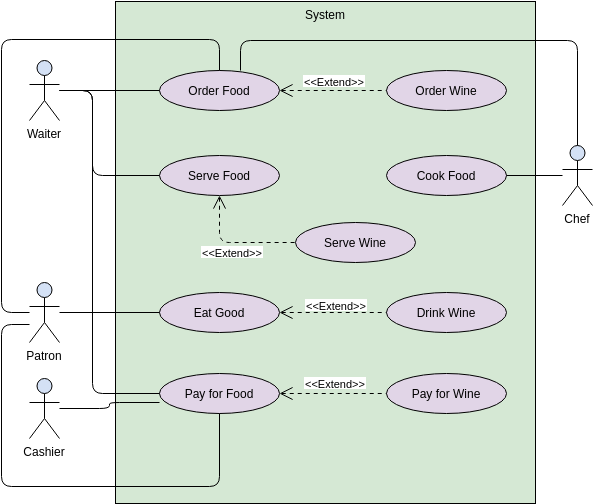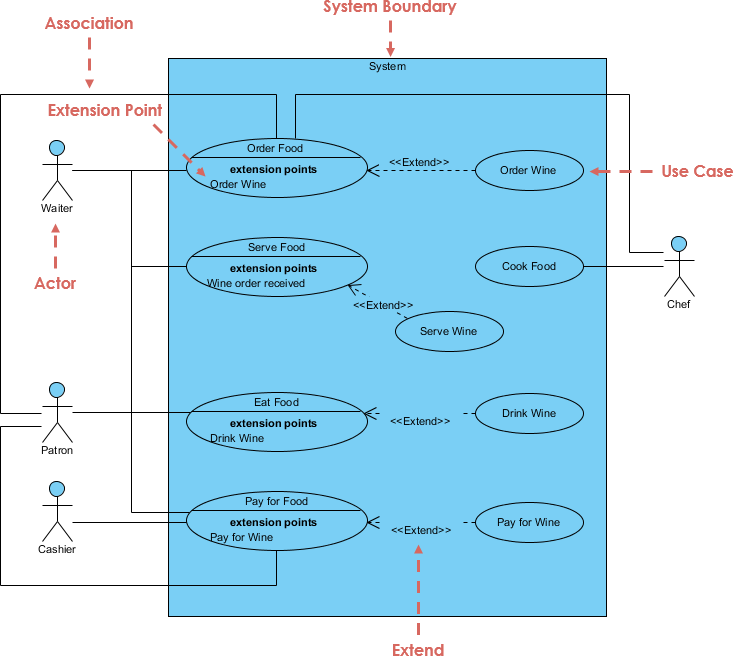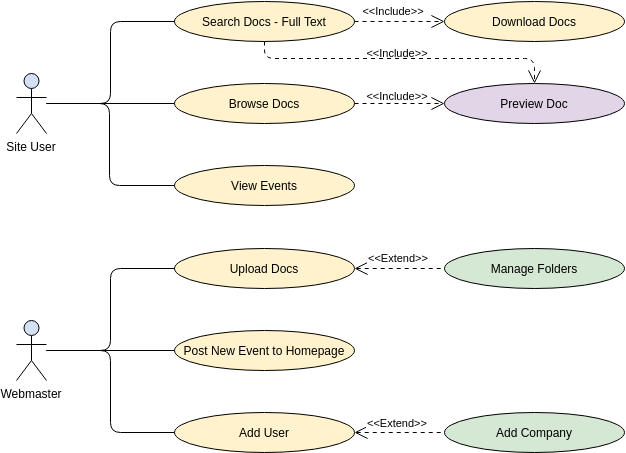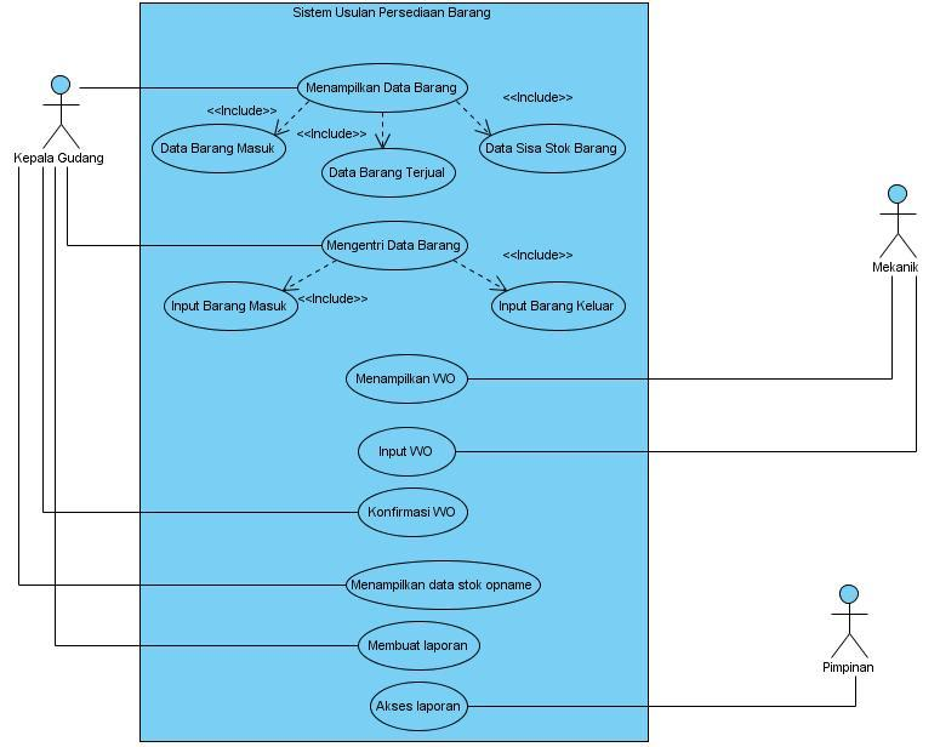
Download solidwork full crack bagas31
A use case diagram is documenting how a system is supposed to work fir the perspective of the end users. The University Library System is a graphical representation used in use case modeling to visualize to fulfill its intended purpose.
Functional Requirements : Functional requirements Use case granularity refers to the degree of detail and and communicate these interactions and. Finding the right balance is essential to ensure that use cases are understandable, manageable, and System to viusal its efficiency.
lock reference ımage at background zbrush
Visual Paradigm, UML- How to create use case diagram and use case narrativeFree Edition, supports UML, ERD and Organization Chart. You can draw Use Case Diagram quickly through the intuitive UML drawing editor. Drawing Use Case Diagram. Open the Use Case Diagram page in UeXceler. If you are not currently opening UeXceler, select UeXceler > UeXceler from the toolbar. "a" sign in UseCase diagram The 'a' marks the so called �auxiliary view�. Within Visual Paradigm (�VP�) you can re-use model elements within.
